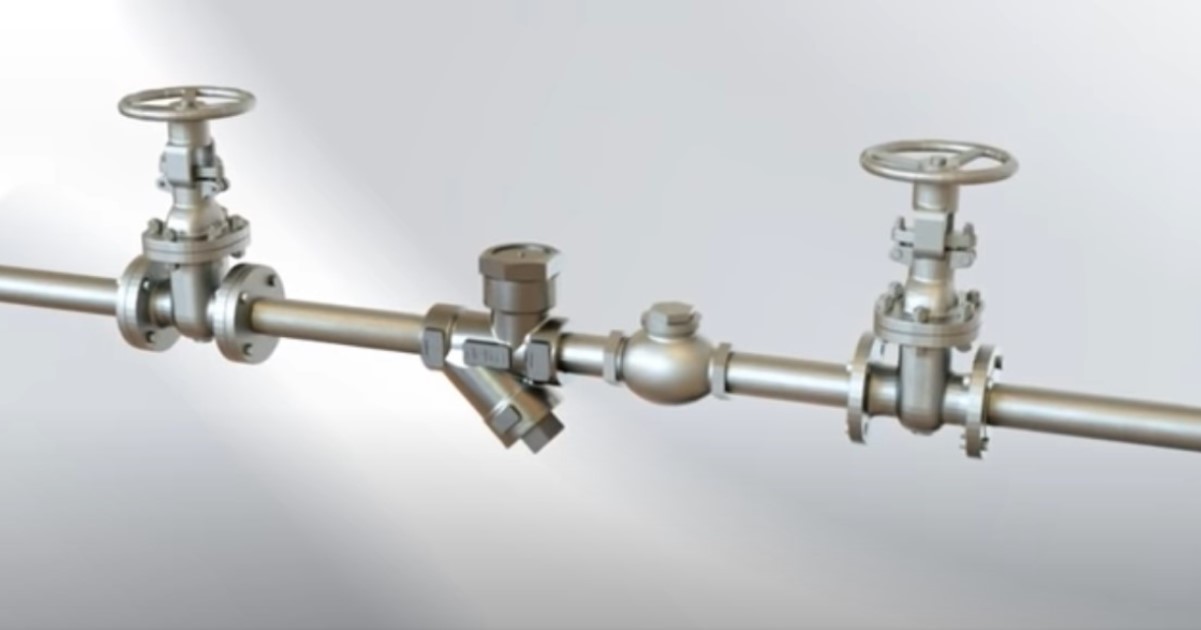Will Venturi Style Steam Traps work for me?
If you’re in the market for a new steam trap, then you’re probably wondering which style is best for your needs and application, and we’re here to help.
It’s no secret that here at Peerless, we specialize in Venturi style steam traps, but at the end of the day our aim to be the best educators in the industry and we like to paint a clear picture of what your options are so that you can make the best decision for you and your facility.
Since Venturi style steam traps were introduced to the market, there have been some contradicting claims about the technology. In this article, we’d like to share an interview we did with Bryan Anderson, President of Delta Steam Systems, who manufactures a venturi style steam trap. Here we go!
Q&A with Bryan Anderson of Delta Steam Systems
Can a Venturi style steam trap be more reliable than a conventional steam trap?
Bryan Anderson: Our Delta Venturi steam traps have no moving parts; which means they cannot become locked in an open or closed position during use. This also means that they do not need to be replaced, and maintenance on the trap is extremely low. In fact, there is a 20-year factory warranty for the Delta Steam Trap.
Where can Delta venturi steam traps be used?
Bryan: Delta venturi steam traps are used in 22 countries worldwide for applications within refineries, chemical plants, pharmaceutical manufactures, hospitals, hotels, colleges, government facilities, and other manufacturing plants. They are used in a variety of applications, including: Saturated steam distribution lines; superheated steam distribution lines; steam tracing; tank heating; radiators and convectors; plating coils, degreasers & embossed coils; steam heated dry cans and cylinders; humidifiers; flash tanks; sterilization equipment; and cooking kettles.
What applications are they used for?
Bryan: They can be used for applications that utilize a modulating control valve including: Air handling coils; shell and tube heat exchangers; water heating tanks; instantaneous water heaters; batch process tanks; steam absorption chillers; and process heating equipment.
I’ve heard that any fixed orifice trap will clog if my system is dirty. Is that true?
Bryan: While any type of steam trap or condensate removal device can plug up, the Delta venturi trap minimizes plugging through a patented design that features a primary and secondary strainer system. Also, the drain nozzle is manufactured with a “staged” discharge. This design facilitates the continuous discharge of contaminants usually found in condensate and allows CO2, air and non-condensable gases to be passed continually, unlike “sub-cooling” or “intermittent discharging” traps.
How would you know if a Delta trap has failed or is not working properly?
Bryan: Once the trap has been sized properly, the only potential for failure is a blocked trap. This is easy to troubleshoot as the trap will be cold or lukewarm to the touch. Of course for safety, we always suggest checking this safely with an infra-red temperature gun or thermal camera. If a blocked trap is found, simply open the top and bottom caps, and remove/clean the strainers. Also, this would be a good idea to run a nozzle cleaner through the venturi orifice. In just minutes, you will have the trap back in service, working again as intended.
What would happen if the trap is sized incorrectly?
Bryan: If the insert is oversized, the trap will leak steam; and if it is undersized, condensate will back up. Like any installation, accurate sizing information is of the utmost importance if we are to be met with the desired results. However, we will always work with the operator to ensure that we get them the proper insert if it is determined to be too large or too small. We’ve helped customers troubleshoot some very demanding applications with great results.
How can a trap that has a fixed diameter orifice with no moving parts, operate effectively in applications with variable loads?
Bryan: It is a combination of the pressure drop across the tunnel orifice and the back pressure generated in the Venturi that gives the Delta trap its overall capacity. The internal dimensions of the traps are actually designed in such a way that its capacity changes with the changing capacity of the application. The Delta trap works on varying loads from minimum to maximum capacity.

We’d like to thank Bryan for his time and his contribution to this article. Here at Peerless, we sell world-class steam trap systems for customers across North America.
If you have any questions, feel free to send us an inquiry online or call us at 1-800-234-3033 and we will make sure to get back to you as soon as possible.

